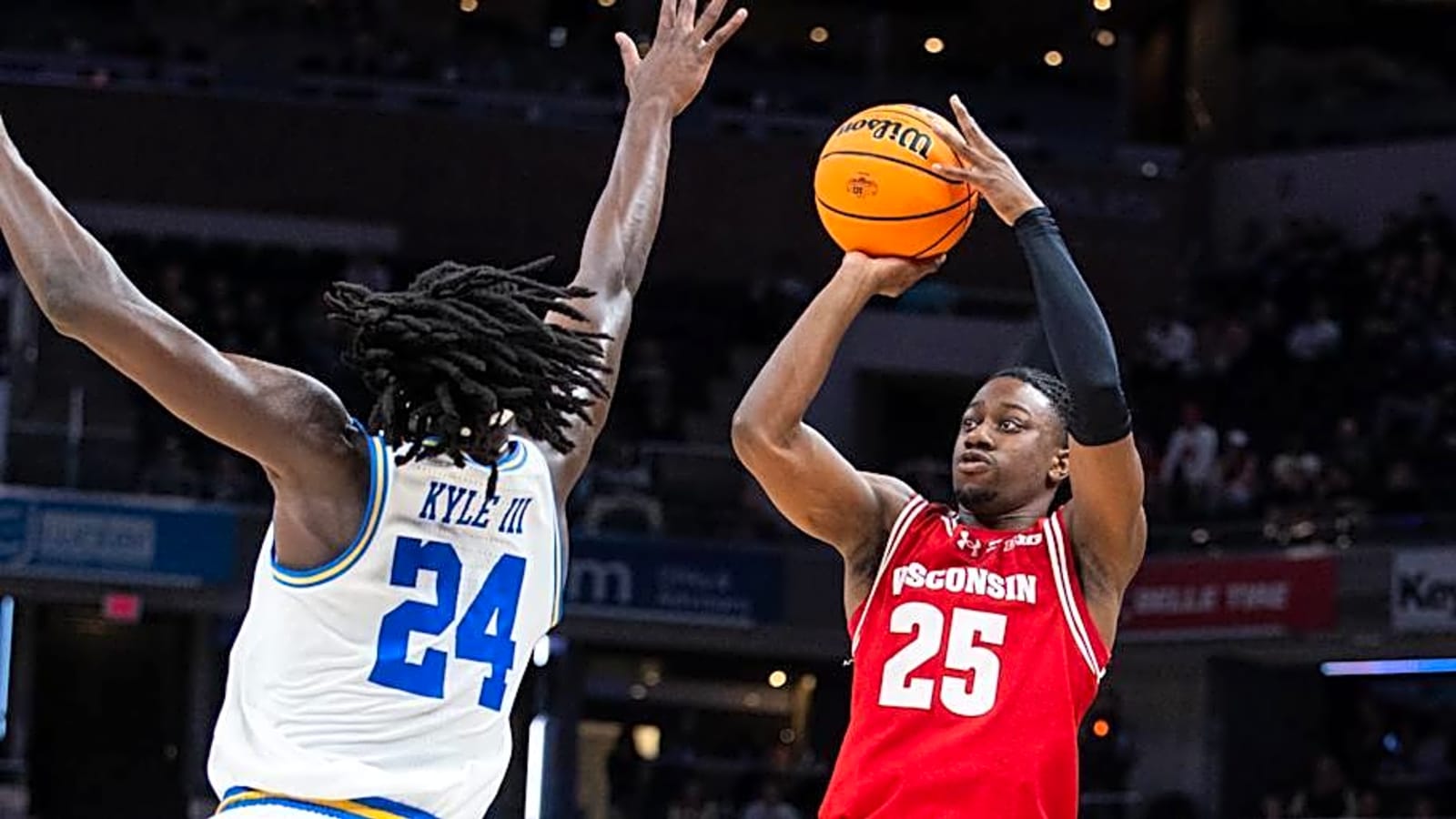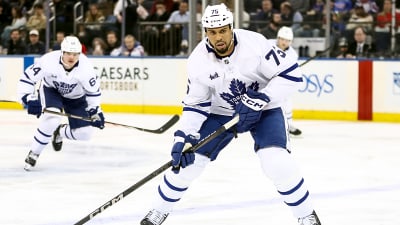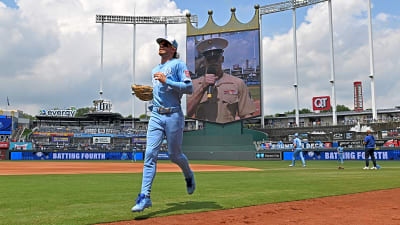
The Wisconsin Badgers made Elijah Gray's transfer from Temple official on July 1, filling the final open spot on the roster for the upcoming season.
With 11 players departing the program via graduation or the transfer portal this offseason, the Badgers' 2025-26 squad will look a lot different than the 2024-25 team.
Now that the roster is complete, we can evaluate potential strong and weak points that could have a significant impact on the Badgers' record.
STRENGTH: Playmaking
Greg Gard did a solid job filling out last year's roster after the surprising departure of starting point guard Chucky Hepburn, but the team lacked a true facilitator and forced John Blackwell to play out of position.
The Badgers underwent frequent cold stretches on offense largely because they struggled to create for others off the dribble.
Blackwell and John Tonje were excellent scorers but couldn't expand their game as distributors. Instead, Max Klesmit and Steven Crowl operated as the primary facilitators. While the duo were great passers for their respective positions, it wasn't enough for the offense to thrive.
Wisconsin addressed the lack of playmaking in the transfer portal, bringing in Nick Boyd from San Diego State and Andrew Rohde from Virginia. Both played point guard last season and averaged more assists per game than any Badgers player.
Assuming Blackwell improves as a passer, Wisconsin will have three guards capable of punishing defenses by scoring or assisting.
WEAKNESS: Post defense
Wisconsin hasn't had a true rim-protector in years. Nate Reuvers was the last Badger to average more than one block per game, back in 2020-21. They appear to be without a shot blocker once again this season, getting even smaller in the frontcourt.
Gard referred to Austin Rapp as a stretch four when Wisconsin announced his transfer, and Nolan Winter primarily played power forward last season. With the way the roster is set up, both players could be tasked with filling in at the center position.
Winter's slender frame leaves question marks about how he'll be able to defend some of the big men in the Big Ten, and Rapp's size doesn't offer much more.
Riccardo Greppi's size could be utilized in specific matchups, similarly to how Chris Vogt was deployed in years past.
Winter and Rapp's ability to defend and rebound as a frontcourt duo is a real question mark, which could prove problematic in the physical Big Ten conference.
STRENGTH: Three-point shooting
Last year, the Badgers set program records in three-pointers made (366) and three-pointers attempted (1,052), as Gard's revamped offensive philosophy and sharpshooting bigs Winter and Steven Crowl allowed Wisconsin to be one of the premier shooting teams in the country.
Although Crowl graduated, the Badgers replaced him with another stretch big in Rapp, who made more threes last year than Crowl even attempted.
Wisconsin's projected starting five (Boyd, Blackwell, Rohde, Rapp, Winter) all shot 35 percent or better from beyond the arc last season. Having five above average shooters on the floor should give opposing defenses nightmares this season.
WEAKNESS: Bench Scoring
When last year's offense fell stagnant, the Badgers turned to spark plugs Kamari McGee, Carter Gilmore and even Xavier Amos to get out of a rut. All three are gone, and Gard doesn't have a clear candidate to replace their production.
Jack Janicki could take a leap as a redshirt sophomore, but he was more of a high-motor rebounder and defender than an offensive contributor. Transfers Braeden Carrington and Elijah Gray averaged fewer than 10 points per game at the mid-major level and didn't flash much offensive versatility.
Jack Robison or Zach Kinziger could provide a spark off the bench, but neither are locks to be part of the rotation.
Wisconsin could rely more on its starting five or try to replicate last season's bench production in aggregate. At this point, the roster doesn't warrant confidence in the second unit's scoring ability.
More Wisconsin Badgers News:
More must-reads:
- Chiefs sign star offensive lineman to $94 million deal
- Mavericks center Dereck Lively II reportedly undergoes foot surgery
- The 'No. 1 overall MLB Draft picks' quiz
Breaking News
Trending News
Customize Your Newsletter
 +
+
Get the latest news and rumors, customized to your favorite sports and teams. Emailed daily. Always free!








